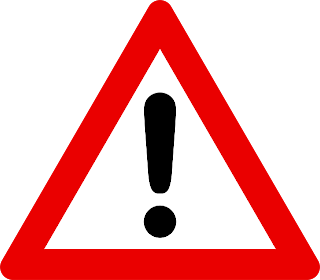Develop Plans and Conduct Drills for Dealing with Emergencies
The only good way to prepare for an emergency situation is to think through how you should respond and then practice doing it correctly.
You should always have a plan in place to deal with emergencies such as poisoning, release, personal contamination, bleeding, burns, medical situations, electric shock, and weather emergencies.
The only good way to prepare for an emergency situation is to think through how you should respond and then practice doing it correctly. Regular drills and exercises are essential. In most cases, the first decision involves deciding whether to evacuate or not. No one will ever fault you for saving your students and losing the facilities.
If you are starting from scratch in your department, have an emergency of the month. Assign one of the above emergencies to a pair of employees and ask them to draft a model response to be discussed at the next department meeting. The following month, pick a new emergency and a new employee pair. In small companies, invite the office and maintenance people to join with you.
One last word of advice ... PRACTICE. You can’t get good at anything without practice. Dealing with emergencies is no exception. Each month, ask the folks in one of your labs to decide what would be the worst thing that could happen in their lab. Let them stage a mock event and have everyone else respond (hopefully) appropriately. Afterwards, sit down together and ask two simple questions:
How did we do?
How can we do it better?


Comentarios
Publicar un comentario